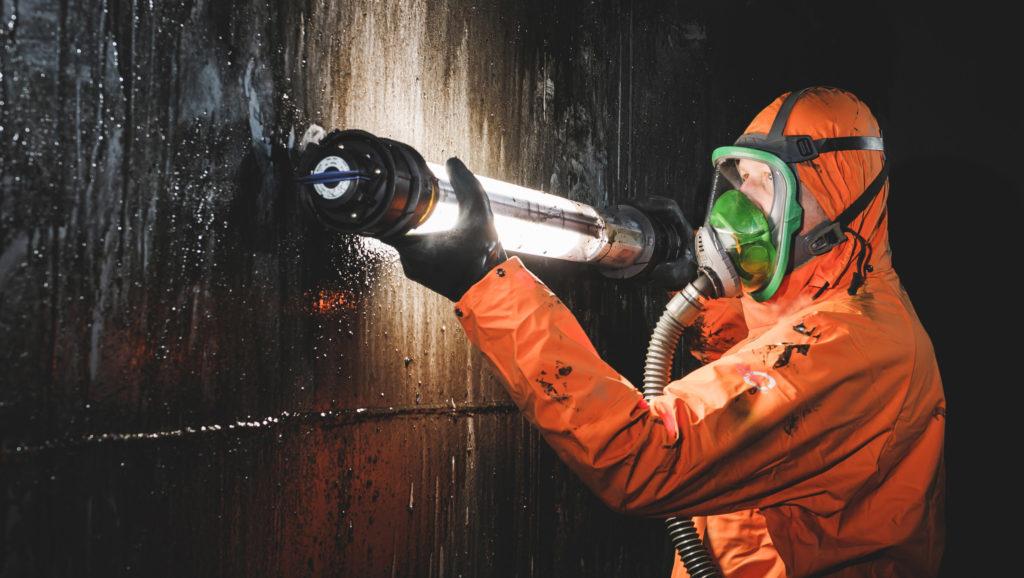Empowered by Light
By Tuomas Seilo

Light is life. And life is dangerous.
We can’t live without it. Light is crucial to just about every facet of our well-being, from the food we eat to the quality and safety of our workplace. Whether you are sitting in an office or facing the dangers of Explosion Hazardous (Ex-rated) areas, light makes all the difference.
In this article I dig into the role of light a bit more. If you feel something is missing, don’t hesitate to post your comments. Discussion and sharing views are always welcome!
Light and the mindset
Our cognitive and operational abilities are affected by the a) level and b) quality of light itself and the way it is distributed from the source to the surrounding environment.
During my career I have often heard, “We need as much light as possible.” Let’s think about this a bit deeper. The sun is blasting earth with maximum power, but do we really enjoy or feel super-fit when we are exposed to the summertime ‘afternoon grill’?
That is of course an extreme example, but in my opinion, it illustrates the paradox of striving for maximum output from a luminaire. Maximum power should not be the goal, but rather maximum quality.
Light quality includes, for example, color temperature, color rendering index (CRI), light dissipation and light distribution curve.
Did you know that while working under light with 5,000 Kelvin color temperature, humans feel the most energetic and concentrated? That’s the kind of light we experience in the morning hours on a sunny beach.
When we feel energetic and our minds are focused, what do you think happens to our work performance as well as awareness of risks and dangers? Naturally, they go up!
Awareness is further supported by what we actually see. This is where CRI comes into play. On a scale from 1 to 100, CRI measures how closely an artificial light source mimics natural white light. Ever see a blue banana? If we are working somewhere where color is important, the luminaires should have a CRI of at least 90.

LEDs, a tough subject
The evolution of LEDs has been raging for quite a while already. Halogen, incandescent and fluorescent light sources are fading out both at work and at home.
While LEDs bring several benefits, such as consuming less electricity, they introduce new risks that we haven’t had to deal with before. One of the hot topics now is blue light.
LEDs can emit high levels of blue light. We don’t blink or squint in bright blue light because we are not wired to react to it. As we are finding out, blue light can damage our eyes, so controlling that part of the LED light spectrum is paramount.
The sheer power of modern LEDs is also an issue. They can be as dangerous as direct sunlight. Look into them, and you’ll burn your retina. Focus them, and they can start a fire just like sunlight under a microscope. The optical radiation from LEDs is a major risk for Ex-rated areas. Here is a must-read about the topic from a colleague of mine.
For manufacturers of Ex-rated lighting solutions, these and other risks should be controlled from initial design, through production to after-sales maintenance.
If you would like to learn more about the advanced safety features of Atexor products and solutions for confined space, please visit our product pages or contact me directly. We have many
seasoned professionals and an extensive range of high-quality, fully certified equipment, not to mention bespoke solutions, to help you solve your Explosion Hazardous Area lighting needs.

